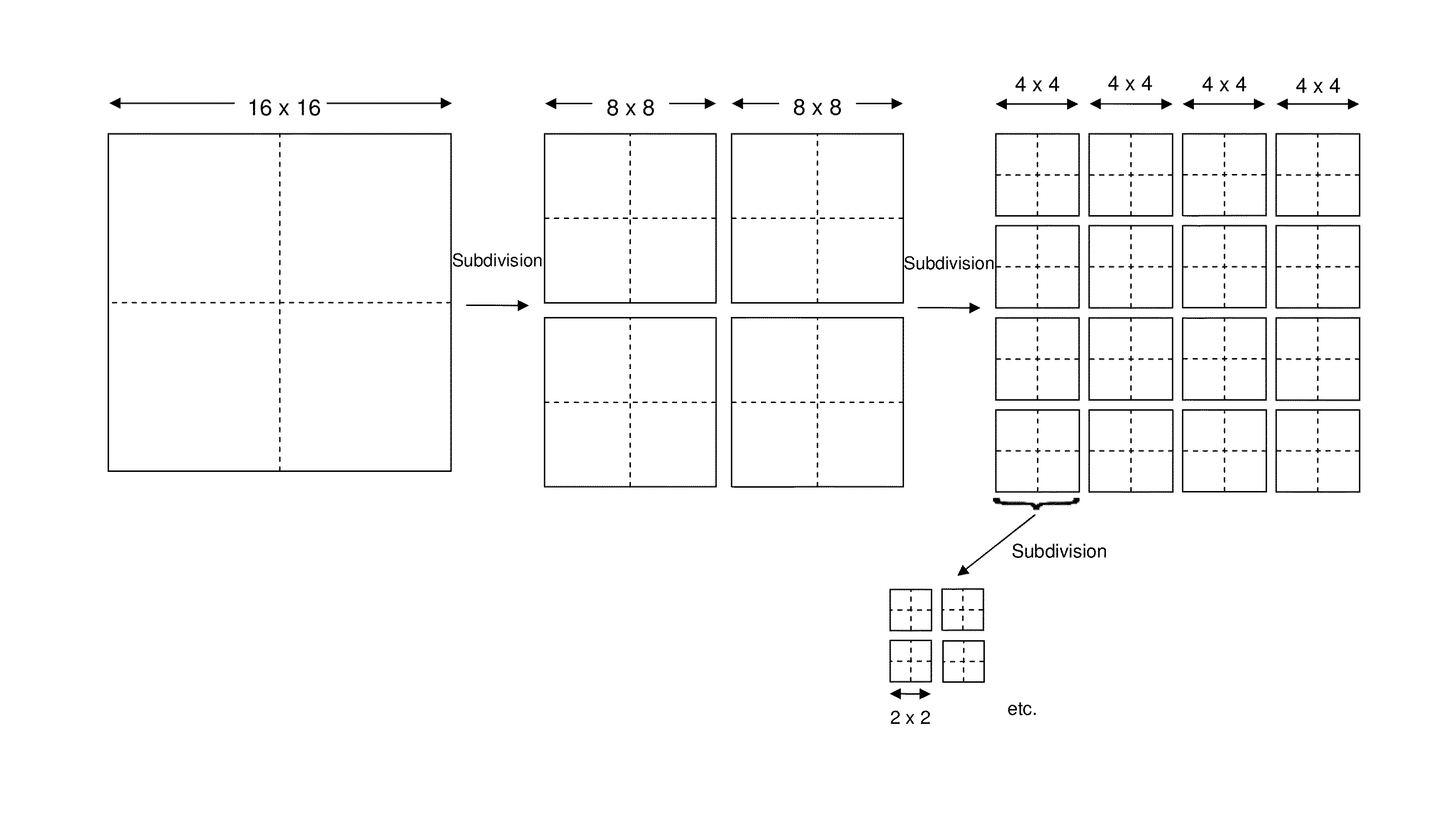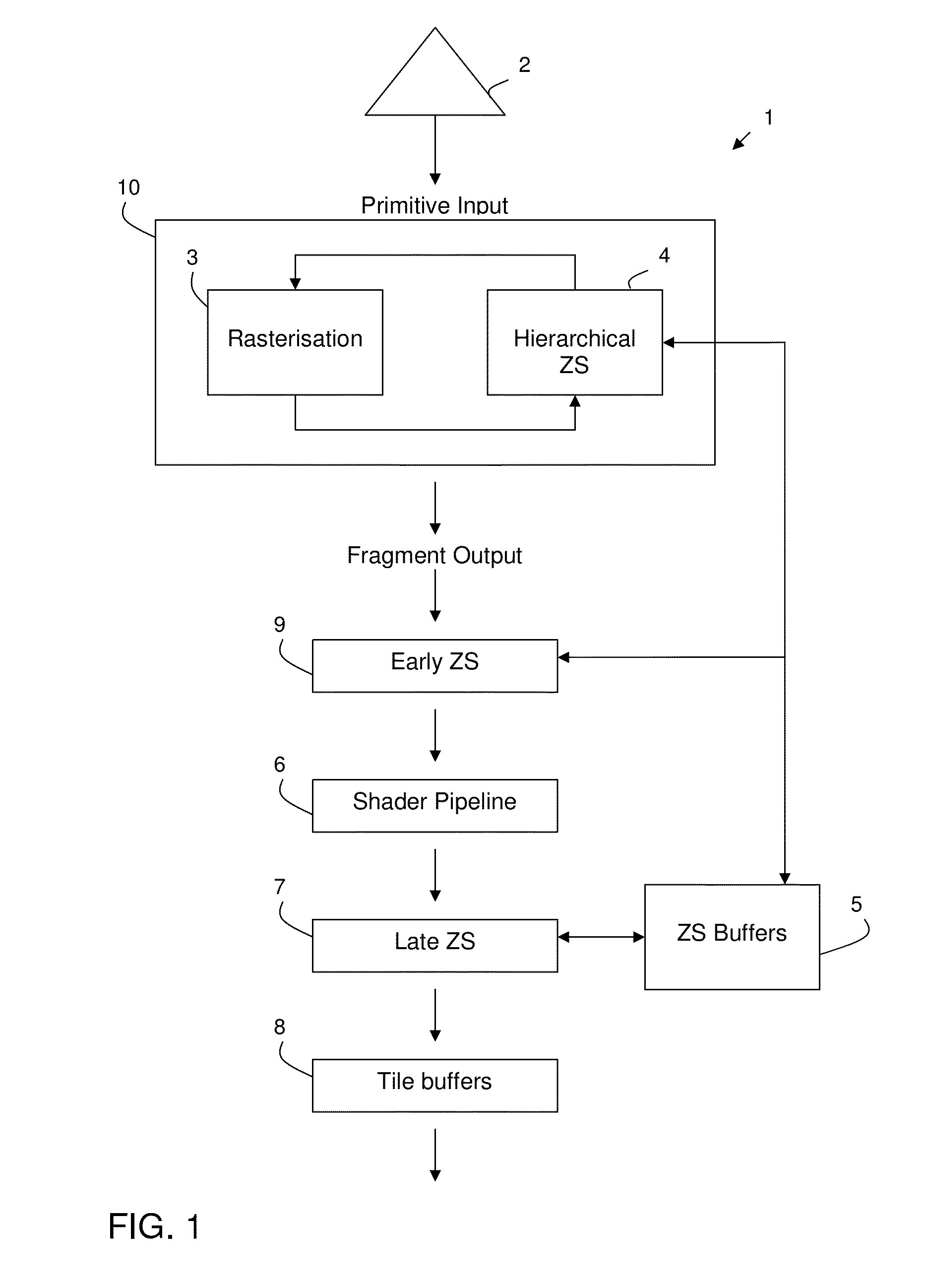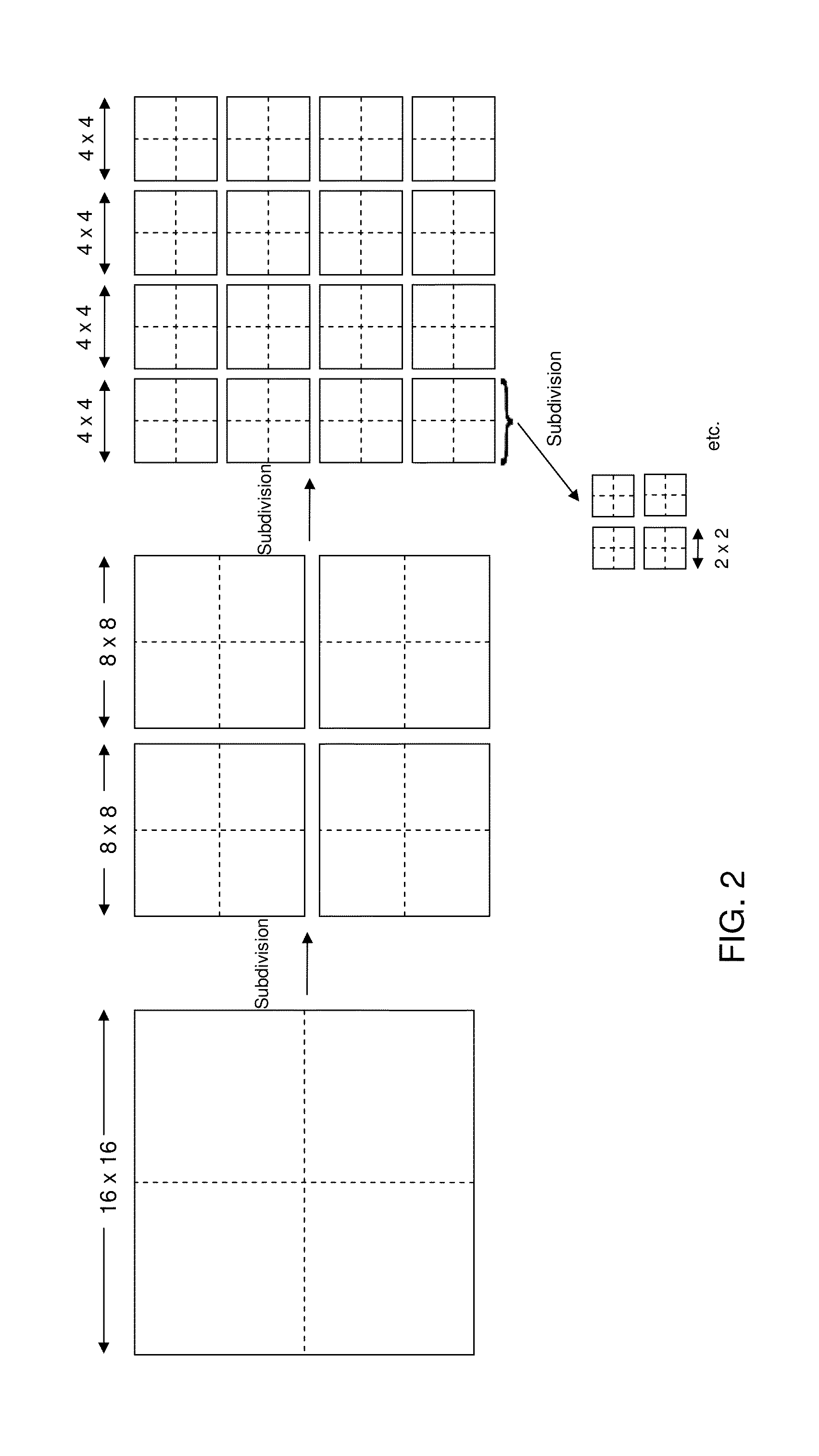Hidden surface removal in graphics processing systems
a graphics processing and hidden surface technology, applied in the field of computer graphics, can solve the problems of multiple, ultimately redundant, rendering operations being carried out, increasing memory bandwidth requirements, and reducing frame rates
- Summary
- Abstract
- Description
- Claims
- Application Information
AI Technical Summary
Benefits of technology
Problems solved by technology
Method used
Image
Examples
first embodiment
[0038]the technology described herein comprises a method of performing a depth test operation in a graphics processing pipeline that includes a plurality of processing stages including a rasteriser that rasterises input primitives to generate graphics fragments to be processed, each graphics fragment having one or more sampling points associated with it, and a renderer that processes fragments generated by the rasteriser to generate output fragment data; and in which the rasteriser, when it receives a primitive to be rasterised, for each of one or more patches representing respective different regions of a render output to be generated, tests the patch against the edges of the primitive to determine if the primitive at least partially covers the patch; the method comprising:[0039]performing an early depth test for a primitive in respect of a patch of the render output that the primitive has been found by the rasteriser at least partially to cover, by:[0040]determining from depth tes...
second embodiment
[0043]the technology described herein comprises a graphics processing pipeline comprising:[0044]a plurality of processing stages including a rasteriser that rasterises input primitives to generate graphics fragments to be processed, each graphics fragment having one or more sampling points associated with it, and a renderer that processes fragments generated by the rasteriser to generate output fragment data;[0045]and in which the rasteriser, when it receives a primitive to be rasterised, for each of one or more patches representing respective different regions of a render output to be generated, tests the patch against the edges of the primitive to determine if the primitive at least partially covers the patch; the pipeline further comprising:[0046]an early depth test stage that performs early depth tests for primitives in respect of patches of the render output that the primitive has been found by the rasteriser at least partially to cover, by:[0047]determining from depth test inf...
PUM
 Login to View More
Login to View More Abstract
Description
Claims
Application Information
 Login to View More
Login to View More - R&D
- Intellectual Property
- Life Sciences
- Materials
- Tech Scout
- Unparalleled Data Quality
- Higher Quality Content
- 60% Fewer Hallucinations
Browse by: Latest US Patents, China's latest patents, Technical Efficacy Thesaurus, Application Domain, Technology Topic, Popular Technical Reports.
© 2025 PatSnap. All rights reserved.Legal|Privacy policy|Modern Slavery Act Transparency Statement|Sitemap|About US| Contact US: help@patsnap.com



